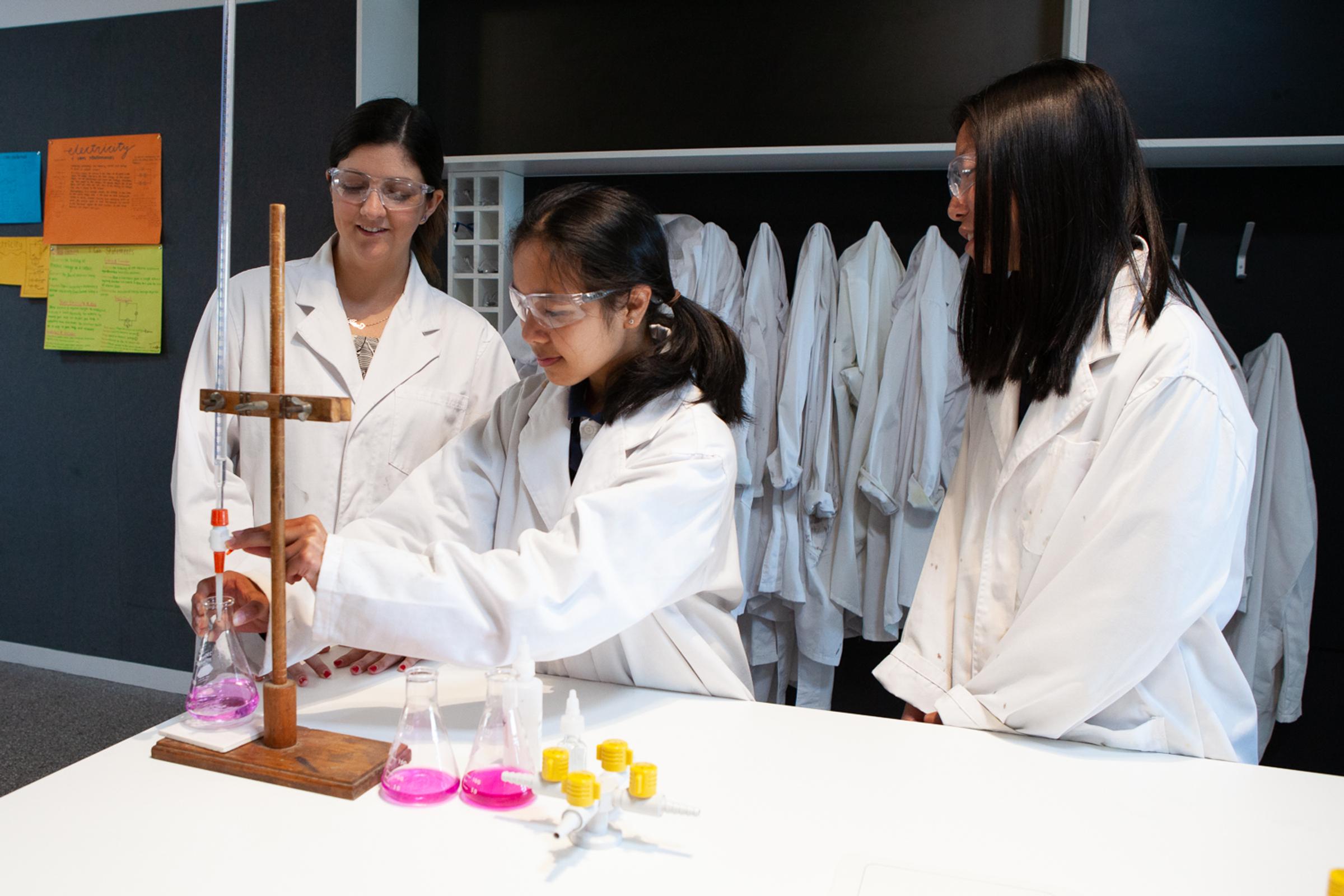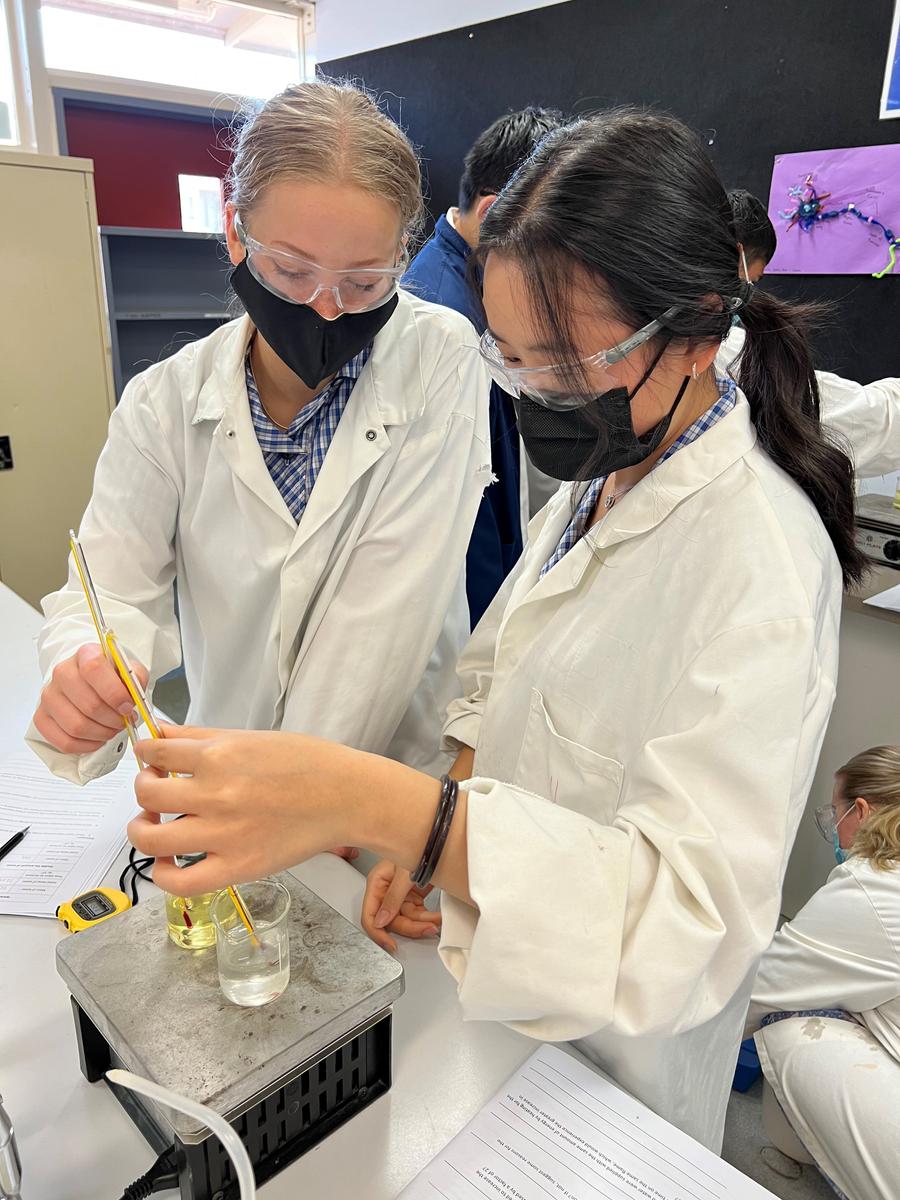Science News
Vermont Secondary College

Science News
Vermont Secondary College
And we’re back!
It is so exciting to walk through the College and see our students in lab coats and performing experiments. This term, there is lots happening at each year level.
Our Year 7’s are being introduced to Science by learning about laboratory safety. They are also investigating how important it is to be able to make observations and ask questions when undertaking any Science activity.


Our Year 8 students are learning about States of Matter and the Particle Model – they have been performing some experiments to investigate the effect that energy/heat has on different states of matter and will soon be performing their first formal assessment task on Diffusion.


The Year 9’s are continuing their studies from transition by completing a Pangea Puzzle. This is a research task that examines how the location of fossils can help scientists create a picture of how the Earth once looked before the movement of the tectonic plates.
The senior school was busy doing experiments this week also. The Year 10 Physics class was performing a test to investigate the heat capacity of water and oil. Heat capacity is a term that refers to the amount of heat required to change the temperature of a substance by one degree – which do you think would be higher, water or oil? Why not ask a Year 10 Physics student to find out!


Chemistry is the fundamental science behind all life and matter. What are children’s perceptions of chemists, the chemical sciences and industry which uses chemistry? Here is an opportunity for children to express their own ideas creatively, limited only by their own imagination!
What can be submitted?Students are asked to create a 2D image no greater than A4 size which depicts their thoughts about chemistry, chemists or the chemical industry. The subject of the artwork may be:
For more information and questions, visit: Chemistry and Art (raci.org.au) or visit Ms Green in E11.
Entries close on the 1st of May 2022.